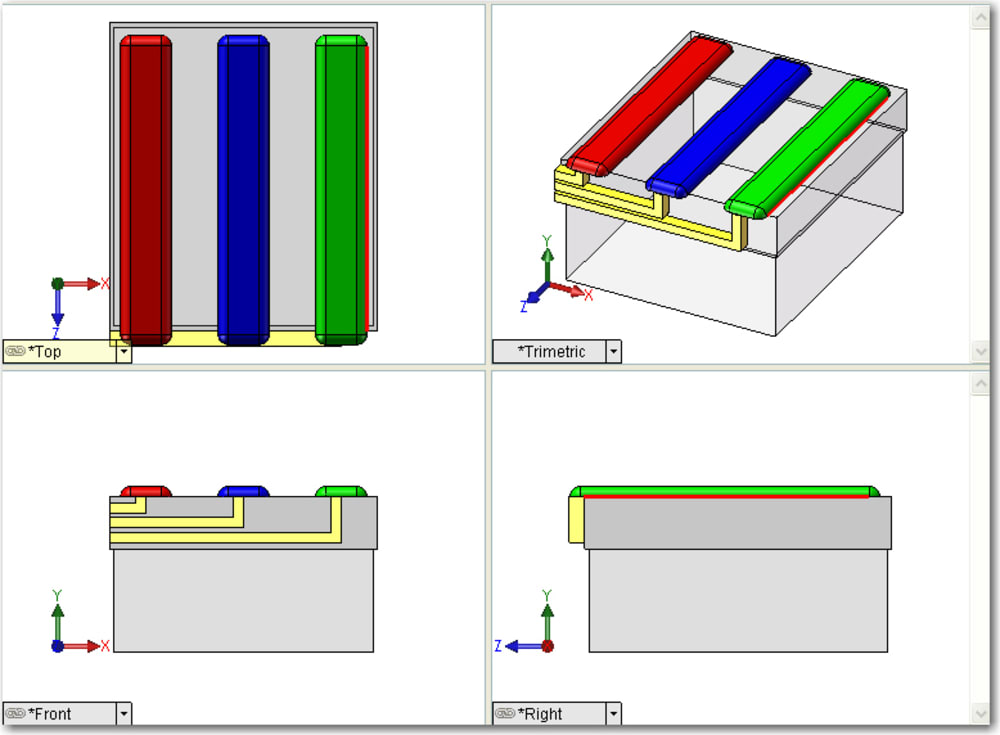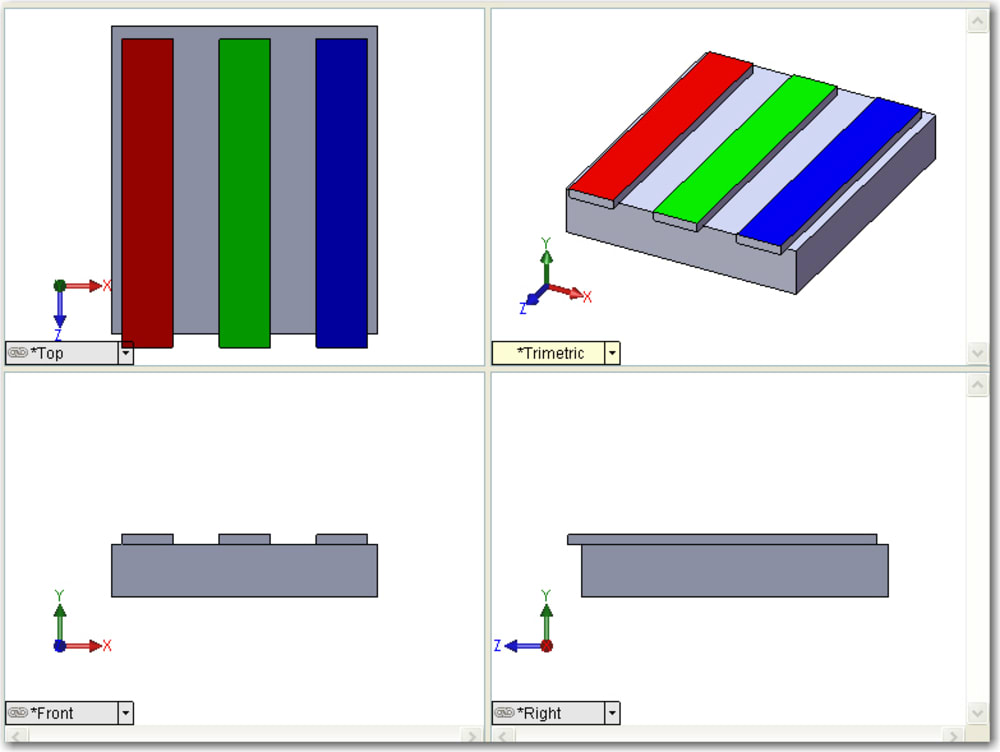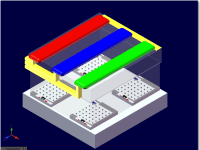This invention is a photon-interactive Gaussian surface lens method that converts incident photons from a single or a plurality of wide band gap semiconductor class light emitting diode dies into a secondary emission of photons emanating from a composite photon transparent colloidal stationary suspension of quantum dots, high efficiency phosphors, a combination of quantum dots and high efficiency phosphors and nano-particles of metal, silicon or similar semiconductors from the IIIB and IVB Group of the Periodic Table and any nano-material and/or micro/nano spheres that responds to Rayleigh Scattering and/or Mie Scattering; and a plurality of quantum dots in communication with said nano-particles in said suspension. The patent teaches that utilizing this method means results in improved narrow pass-band of red, green, and blue photon efficiency over phosphor based conversion. Utilizing said invention’s methodology, said white resultant colour temperature is stabilized against internal semiconductor thermal fluctuations or ambient thermal variations.
Further this invention teaches that utilizing a white LED, either formed from conventional means or using red and green quantum dots can exist as a multicoloured LED by layering inline strips of red, green and blue quantum dots over a lens based white LED and having said tricoloured quantum dots electrically stimulated in different amounts by passing current through same to allow for a wide range of colour emanating from a single white LED. Said white LED can also be formed from using ultra small quantum dots of less than 2 nm to produce intrinsic white light.
Like this entry?
-
About the Entrant
- Name:David Deak
- Type of entry:individual
- Software used for this entry:SolidWorks, Word
- Patent status:pending








